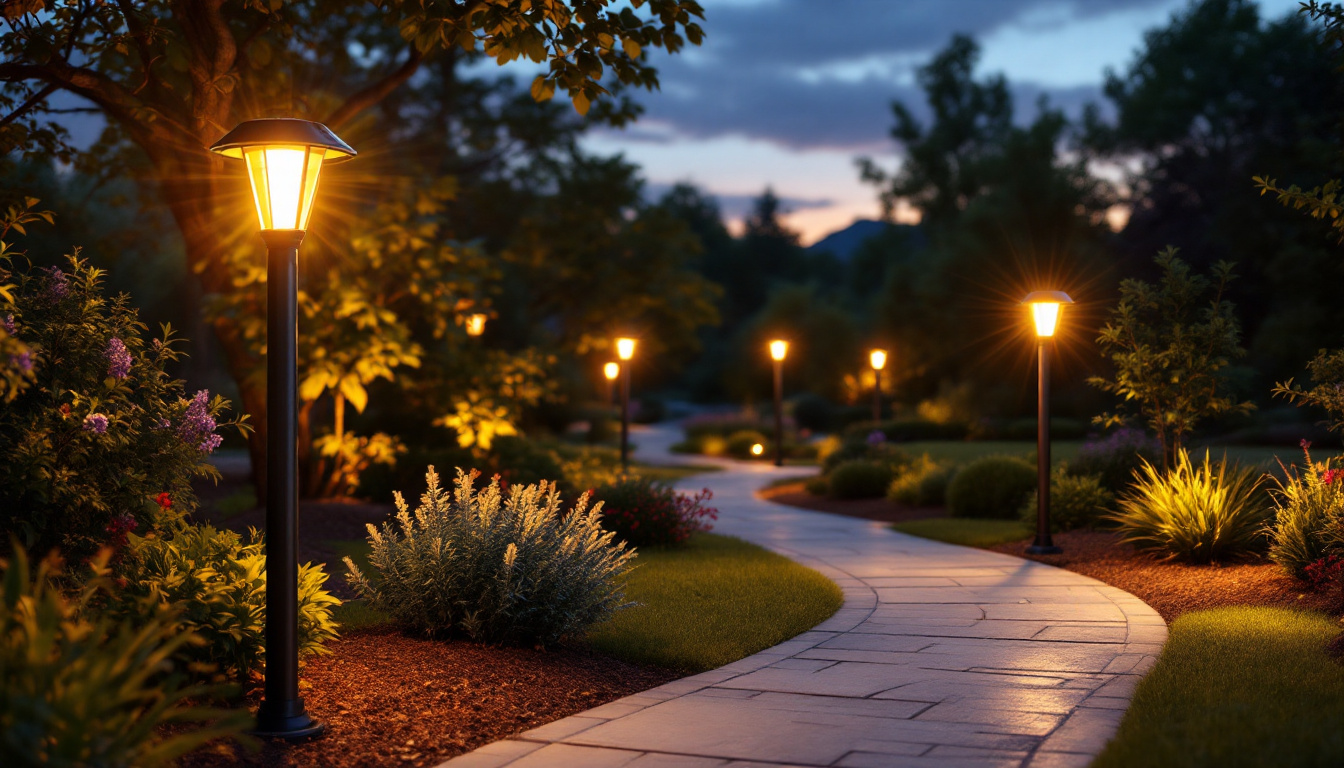
Under The Counter Strip Lights: Avoiding Pitfalls, A Lighting Contractor’s Guide
Under the counter strip lights have become a popular choice for both residential and commercial spaces. They provide functional lighting while enhancing the aesthetic appeal of kitchens, workspaces, and retail environments. However, despite their popularity, there are several pitfalls that lighting contractors must navigate to ensure a successful installation. This guide aims to highlight these challenges and offer practical solutions to help contractors deliver exceptional results.
Before diving into the potential pitfalls, it’s essential to understand the fundamental aspects of under counter lighting. These fixtures are typically installed beneath cabinets or shelves, illuminating countertops and work areas. They come in various forms, including LED strip lights, fluorescent tubes, and incandescent options. Each type has its advantages and disadvantages, which can significantly impact the overall effectiveness of the lighting.
LED strip lights are among the most popular choices due to their energy efficiency, long lifespan, and versatility. They can be cut to fit specific lengths, making them ideal for custom installations. However, not all LED products are created equal. It is crucial to select high-quality strips that provide consistent brightness and color temperature. Additionally, many LED strips now come with features such as dimming capabilities and remote control options, allowing users to adjust the ambiance according to their needs.
Fluorescent tubes, while less common in modern designs, offer a bright and even light output. They can be an economical choice but may require more maintenance and have a shorter lifespan than LED options. Incandescent lights, though warm and inviting, are becoming less favored due to their energy consumption and heat output. Interestingly, some manufacturers have started to create hybrid solutions that combine the warmth of incandescent lighting with the efficiency of LED technology, providing a unique alternative for those who appreciate a classic aesthetic without compromising on energy savings.
When planning an installation, several factors must be considered. First, the height at which the lights will be mounted is critical. Too high, and the light may not effectively illuminate the workspace; too low, and it may create glare or shadows. Additionally, the color temperature of the lights should match the overall design of the space. Warmer tones are often preferred in residential settings, while cooler tones may be more suitable for commercial environments. The choice of color temperature can also influence the mood of the space, with warmer lights creating a cozy atmosphere, perfect for kitchens and dining areas, while cooler lights can enhance focus and productivity in workspaces.
Another consideration is the power source. Ensuring that there is adequate electrical supply and that the wiring meets safety standards is essential for a successful installation. This may involve consulting with electricians or adhering to local building codes. Furthermore, it’s beneficial to think about the control systems for your under counter lighting. Options such as motion sensors, timers, or smart home integration can add convenience and enhance energy efficiency, allowing the lights to operate only when needed. Incorporating these advanced features can transform the functionality of your under counter lighting, making it not just a source of illumination but also a smart addition to your home or business environment.
Even experienced lighting contractors can encounter challenges during the installation of under counter strip lights. Recognizing these common pitfalls can help mitigate risks and ensure a smooth process.
One of the most significant mistakes contractors make is failing to plan adequately. This includes not measuring the installation area correctly or neglecting to consider the existing lighting conditions. A thorough assessment of the space will help determine the appropriate length and type of strip lights needed.
Additionally, planning should extend to the electrical requirements. Contractors must ensure that the circuit can handle the additional load and that the installation complies with local regulations. Failing to do so can lead to costly rework or even safety hazards. It is also beneficial to create a detailed layout plan that includes the positioning of outlets and switches, as this can streamline the installation process and prevent last-minute adjustments. By taking the time to plan meticulously, contractors can avoid unnecessary delays and ensure a more efficient workflow.
With the vast array of lighting products available, selecting the wrong type of strip light can lead to dissatisfaction. Contractors should prioritize quality over cost, as cheaper options may result in flickering, poor color rendering, or premature failure. It’s advisable to source products from reputable manufacturers and to consider warranty options as a safeguard against defects.
Furthermore, understanding the specific needs of the client is vital. For example, a kitchen may require brighter, cooler lighting for food preparation, while a retail space might benefit from warmer tones to create an inviting atmosphere. Tailoring the product selection to the client’s needs will enhance the overall satisfaction with the installation. Additionally, contractors should stay informed about the latest trends in LED technology, such as color temperature options and dimmability features, which can significantly enhance the versatility and appeal of the lighting solutions they offer.
Proper installation techniques are crucial for achieving the desired lighting effect. One common mistake is failing to secure the strip lights adequately, which can lead to sagging or detachment over time. Using appropriate adhesives or mounting hardware is essential for a long-lasting installation.
Additionally, contractors should pay attention to the placement of the lights. Positioning them too far back can result in uneven illumination, while placing them too close to the edge may create glare. A well-thought-out installation will enhance functionality and aesthetics. Furthermore, considering the angle of the light can make a significant difference in how the space is perceived; a slight tilt can help disperse light more evenly across surfaces, reducing harsh shadows and creating a more inviting environment. Regularly reviewing installation techniques and seeking feedback from clients can also lead to improved practices and greater satisfaction in future projects.
Beyond functionality, under counter strip lights can significantly enhance the visual appeal of a space. Thoughtful design considerations can elevate the overall ambiance and create a more inviting environment.
The color temperature of the strip lights plays a crucial role in setting the mood of a room. Warmer tones (2700K-3000K) create a cozy atmosphere, making them ideal for kitchens and living areas. Cooler tones (4000K-5000K) provide a more energetic feel, suitable for workspaces and retail settings.
Brightness, measured in lumens, is another essential factor. Contractors should aim for a balance that provides adequate illumination without being harsh. The goal is to create a space that is both functional and visually appealing, enhancing the overall experience for users.
Incorporating dimmer switches into the installation can offer clients greater control over their lighting environment. Dimmers allow users to adjust the brightness according to their needs, whether for cooking, entertaining, or simply relaxing. This flexibility can significantly enhance the usability of under counter lighting.
When installing dimmers, it’s essential to ensure compatibility with the selected strip lights. Not all LED products work seamlessly with dimmers, so verifying specifications and consulting with manufacturers can prevent potential issues.
Proper maintenance is essential for ensuring the longevity and performance of under counter strip lights. Contractors should educate clients on how to care for their lighting systems to avoid premature failures and maintain optimal performance.
Dust and grime can accumulate on strip lights over time, diminishing their brightness and effectiveness. Regular cleaning with a soft cloth and mild detergent can help maintain clarity and performance. Clients should be encouraged to schedule periodic maintenance checks to ensure everything is functioning correctly.
Additionally, contractors should advise clients on the importance of monitoring for any flickering or color changes, as these can be early signs of potential issues. Prompt attention to these symptoms can prevent more significant problems down the line.
As technology advances, clients may wish to upgrade their lighting systems to take advantage of new features or improved efficiency. Contractors should be prepared to discuss options for upgrading strip lights or replacing components as needed. This could include switching to newer LED technology or integrating smart lighting solutions for enhanced control.
Providing clients with information about the benefits of upgrading can foster long-term relationships and encourage repeat business. Staying informed about the latest trends and technologies in lighting will position contractors as knowledgeable professionals in the field.
Under counter strip lights present a valuable opportunity for lighting contractors to enhance both functionality and aesthetics in various settings. By understanding the common pitfalls and implementing best practices, contractors can ensure successful installations that meet client expectations.
From careful planning and product selection to thoughtful design considerations and ongoing maintenance, every aspect plays a role in the overall success of the project. By prioritizing quality and client satisfaction, lighting contractors can build a reputation for excellence in under counter lighting installations.
In the ever-evolving world of lighting design, staying informed and adaptable will be key to thriving in the industry. Embracing new technologies and trends will not only benefit contractors but also provide clients with the best possible solutions for their lighting needs.
Ready to elevate your lighting installations with the highest quality under counter strip lights? Look no further than LumenWholesale, where we provide lighting contractors with spec-grade lighting products at unbeatable wholesale prices. Our extensive selection is designed to meet the highest industry standards, ensuring reliability and high performance for every project. Plus, with free shipping on bulk orders, you can enjoy premium lighting solutions at the best value — all without hidden fees or compromises. Don’t let inflated markups dim your project’s potential. Wholesale Lighting at the Best Value is just a click away. Experience the LumenWholesale difference today!

Discover how lighting contractors can enhance their projects with large solar post lights.

Discover the essential checklist for selecting the perfect pendant lighting for your dining room.

Discover how ceiling LED lights are revolutionizing the lighting industry for contractors.

Discover the often-overlooked aspects of ceiling mount exterior lights that even seasoned lighting contractors might miss.